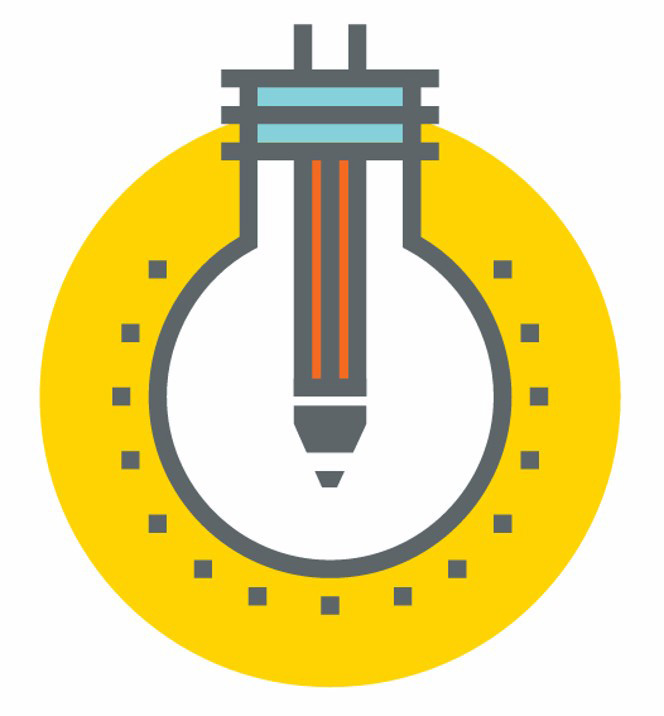By applying design thinking principles to internal processes, you can begin to genuinely engage employees and put their needs first.
Design thinking is a human-centred process “powered by a thorough understanding, through direct observation, of what people want and need in their lives”. Its roots trace to designing tech products to be user-friendly (HBR, 2008).
The process flipped traditional development on its head: rather than using the available technology as a starting point, it focused on consumers and the products and services from which they might benefit, were someone to supply them. The application of design thinking expanded and is now a key part of the innovator’s toolkit.
Nike and its chief executive Mark Parker are famous for applying design thinking to product development, generating breakthroughs in performance footwear. Nike’s ability to study the movements of athletes wearing their products under performance conditions has been central to its design process and growth strategy.
Nike’s chief learning officer, Andre Martin, and his team, decided to use the practices of design thinking to overhaul talent development at Nike. Two reasons drove the decision. The first was a belief that Nike’s HR operation should work like the business works. To do so, Martin’s team borrowed the design thinking principles from merchandising and product design. The second reason stemmed from the fact that Nike is in a competitive market for talent and Martin’s view that its differentiation will come from his team being closer to its consumer – Nike’s managers and leaders.
“The ability to see ourselves as product designers, rather than HR leaders, has changed the conversation,” says Martin. The team now thinks smarter about how it moves from insight to innovation. “We create more credibility for the function as we speak in the language of our leaders,” he adds. “We now spend less time selling because we are serving clear and pressing needs. Uptake is almost automatic.”
A few progressive companies, like Nike, are starting to see the advantages of viewing their employees as customers. They are applying design-thinking principles to internal processes to reshape their organizations for a fast-changing world. These external and internal efforts require leaders throughout the business who can think and act more like designers. Process knowledge aside, good designers seem to possess several key abilities:
Empathy
Neuroscientists at the Max Planck Institute identified that being egocentric is innate for human beings. We use ourselves as a yardstick to assess the world and project our emotional state on to others. As leaders, experience often creates comfort in applying our yardsticks, which is problematic in a fast-changing world. Empathy has to be practised and relearned by testing our assumptions and being curious about the experience of customers and employees.
Successive approximation
Leaders must avoid the temptation to solve complexity by elongating analysis and preparing to make ‘one big decision’. Iterating and co-creating with users in real time calls for us to study, frame, act and adapt our solutions in shorter intervals.
Integrative thinking
As first originated by Graham Douglas, this is the “process of integrating intuition, reason and imagination to address a problem”. Today, we often have more data and are comfortable with our gut. However, the data we get from direct experience and closeness with users, coupled with more imagination, is what is needed to generate unique insight into today’s challenges.
Most of our client companies are reshaping their organizations to be more adaptive – faster with better engagement. Having more leaders who “think and act like designers” can accelerate these efforts to turn problems into possibilities for customers and employees.
An adapted version of this article appeared on the Dialogue Review website.




